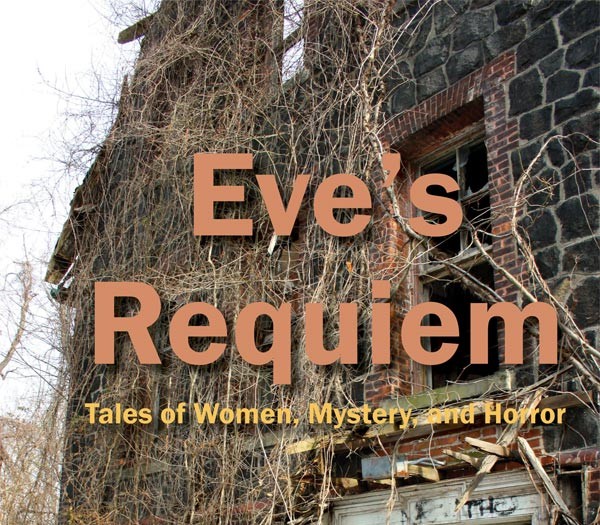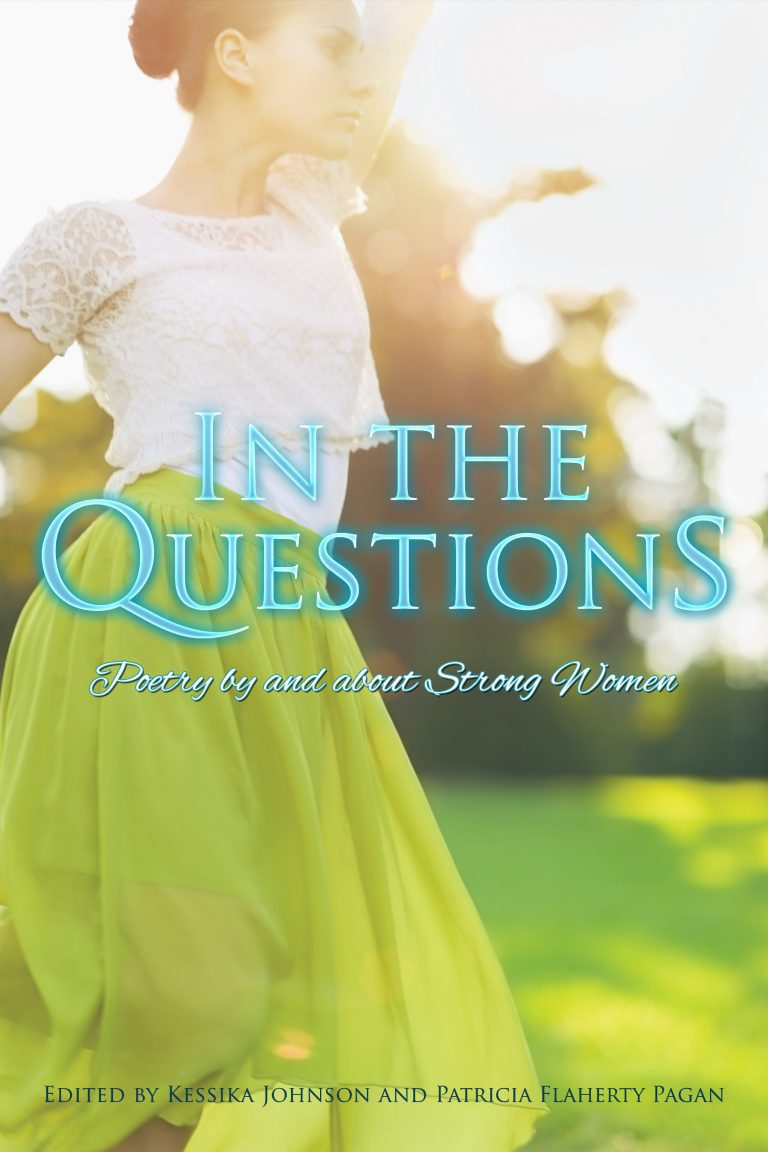Some of my favorite fictional characters are cities from the past. I feel like Hugo’s Paris, Cheever’s New York and Winterson’s Venice remain so vibrant, exaggerated and well-defined that you miss them like flawed but magnetic old friends. Dennis Lehane’s portraits of pre-gentrification Irish and Italian-American Boston neighborhoods are so emotionally intense that you can almost hear the streets cough. Even the Holcomb, Kansas of the brilliant In Cold Blood– a wheat plains amalgam of reality and Capote’s imaginings – stays in your thoughts (or nightmares) like a fascinating, strange acquaintance.
Setting both inspires and grounds the reader, so I have been trying to harness it in my own writing. In 2009, I was staying with my sister at her home in New Hampshire when I began writing my mystery Bleed Tourmaline. I tried to make the quiet beauty of the White Mountains a counterpoint to the story’s violence. This summer, as I dove into Lauren Owen’s gothic novel The Quick, I thought about the role of place and time in suspense and mystery fiction. While I rooted for Owen’s protagonists, siblings James and Charlotte, I felt more drawn to the heart of Victorian London. Brooding, London acts upon and influences the pair in the same way that the other major characters do. As its narrow streets and dense fog shelter enemies natural and supernatural, James imagines the city “hiding itself, playing with him like a cat.”
As a writer of suspenseful fiction, how do you create an eerie setting without overdoing it? You need sensory details to pull the reader into your world, but you don’t want to emphasize the place over the protagonist. Sensory details about setting are like nutmeg – precious, fragrant and very powerful. Use them precisely and the story grows sweeter.
Recently, I’ve had the pleasure of editing the prose of skilled British writer Catherine Edmunds. Her vivid images of the outside world clarify her characters’ inner worlds. In her story “Blackberries,” a suspicious woman leads her lover and his daughter into a forest reserve colored with “blackberries, bursting with dark flavors…toadstools prodd[ing] up through the leaves…strange-looking puffballs and bracket fungi.” Mystery readers have visited many a dangerous wood, but not this unique nature preserve. Edmunds reflects the characters’ emotions in fleshy, commonplace, yet dramatic plants. I’ve been lucky enough to root around in and learn from her writing. When you are working on using setting wisely in your novels, it helps to immerse yourself in the fiction of a master wordsmith.
Catherine Edmunds’ short story “Blackberries” is featured in the anthology Eve’s Requiem: Tales of Women, Mystery and Horror, which I co-edited. It will be available from Spider Road Press in early October, 2014.




